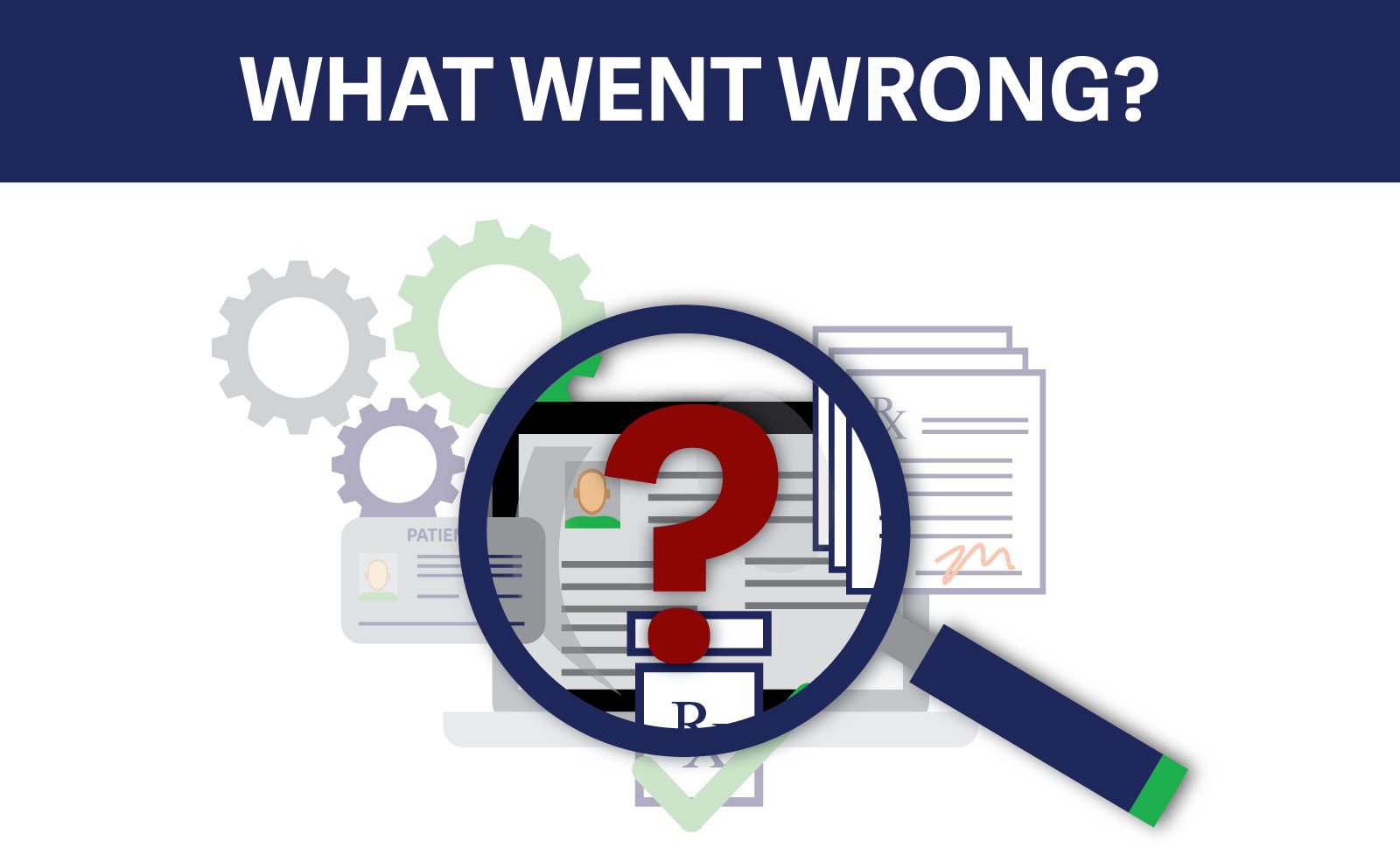What Went Wrong: Printing and Distributing PharmaNet Profiles
PharmaNet, which is administered by the Ministry of Health, is a secure province-wide network that links all British Columbia pharmacies to a central data system. All prescriptions dispensed at community pharmacies in BC are entered into PharmaNet. The Pharmaceutical Services Act and its Information Management Regulation authorizes pharmacists to access personal health information and patient records on PharmaNet for patient care purposes.
Under s. 21 of the Bylaws to the Pharmacy Operations and Drug Scheduling Act, pharmacists may collect and transmit patient record information to PharmaNet or access a patient’s PharmaNet record only
- to dispense a drug;
- to provide patient consultation;
- to evaluate a patient's drug usage; or
- for the purposes of claims adjudication and payment by an insurer.
However, oftentimes pharmacists may receive requests to access PharmaNet for reasons other than what is listed above.
CaseThe College recently received a complaint from a patient who had requested a printout of his PharmaNet profile from three different pharmacies. The patient was undergoing several medical procedures and wanted to bring this document to his physician for review. The patient requested a PharmaNet printout from two pharmacists at two different community pharmacies and both pharmacists complied with his request. The patient then asked a third pharmacist at yet another community pharmacy and this pharmacist refused. At this point the patient contacted the College to complain about the pharmacist who had refused to provide him with a PharmaNet printout. |
Discussion
Section 3.28.2 of the PharmaNet Professional and Software Compliance Standards, Volume 2 – Business Rules states that the printing of a PharmaNet patient record is not permitted by community pharmacies. In the above case, the two pharmacies that provided PharmaNet printouts had not been authorized to do so.
The Ministry of Health is the data steward of PharmaNet, and is ultimately responsible for the disclosure of personal health information on PharmaNet, in accordance with the Pharmaceutical Services Act and the Freedom of Information and Protection of Privacy Act. The Ministry of Health is therefore responsible for all PharmaNet profile support services, including the printing and distribution of PharmaNet profiles and any corrections to PharmaNet patient profiles.
In the above case, the third pharmacist was justified in refusing to provide a PharmaNet printout to the patient. In practice, if pharmacists receive such a request, they can request PharmaNet printouts from the Ministry of Health on behalf of the patient. Pharmacists can select the function on the local system and transmit the request via PharmaNet, according to the software vendor’s instructions. Before processing the request, pharmacists must positively identify the patient and confirm the patient’s address on PharmaNet. The Ministry of Health will receive the request, print the record, and mail the PharmaNet profile directly to the patient, free of charge.
The above does not preclude a pharmacist from printing out and using a PharmaNet profile for the purposes of dispensing a prescription. However, this printed information must not be distributed to the patient and must be disposed of appropriately when no longer required for its intended use.

 Share
Share



